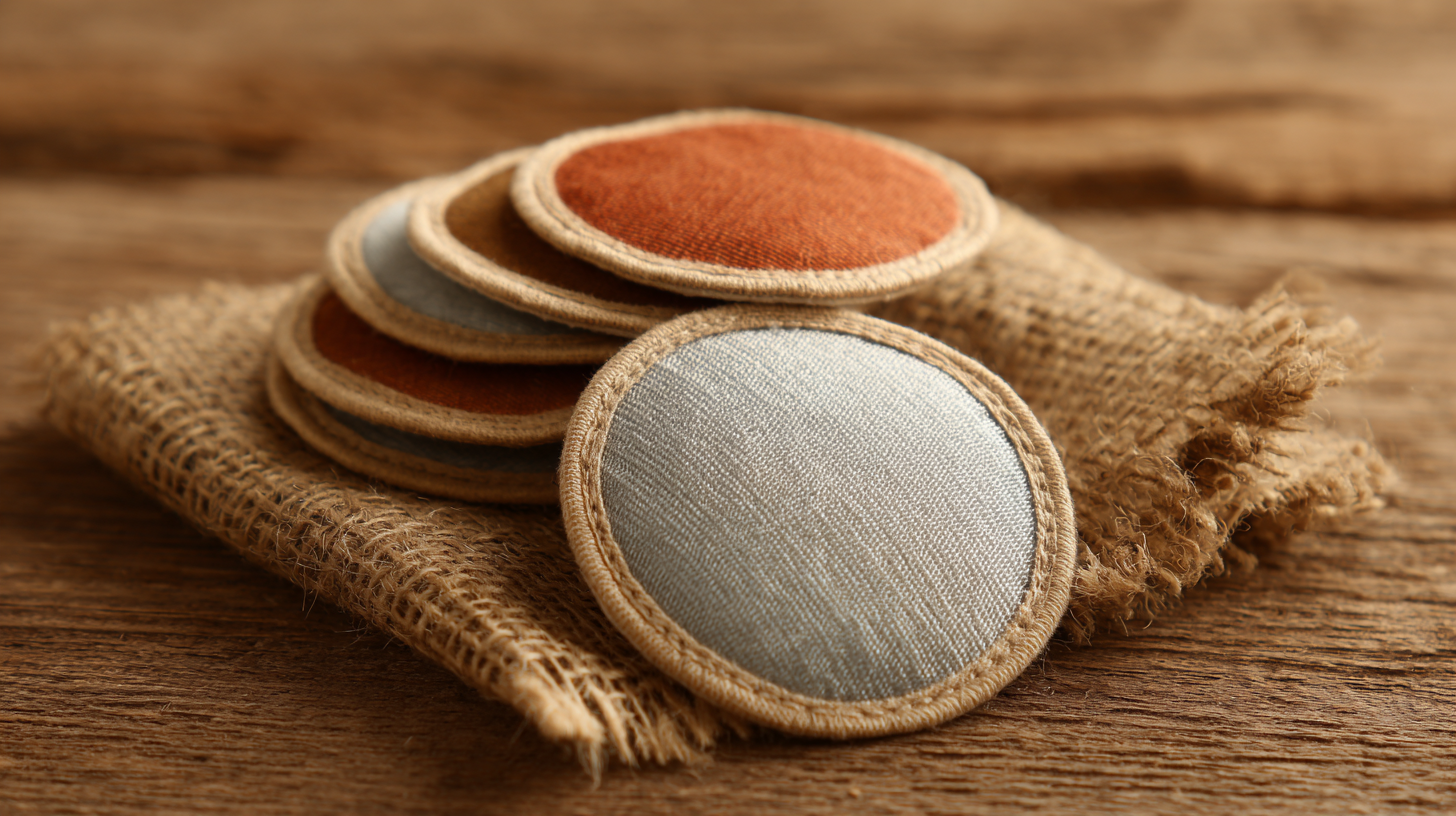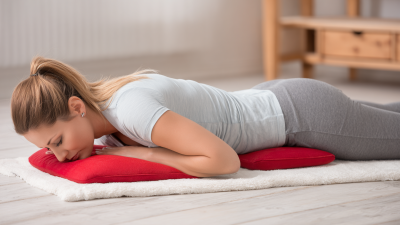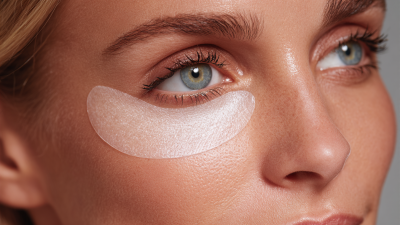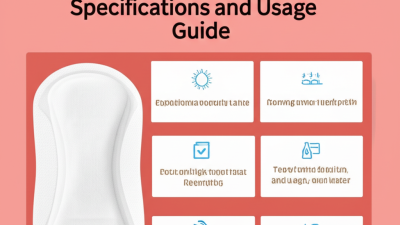The use of Heat Patches for pain relief and relaxation is gaining recognition as an effective method supported by various studies. According to a report by the American Pain Society, over 50 million adults in the United States experience chronic pain, which significantly affects their daily activities and quality of life. Heat therapy, particularly through heat patches, has been shown to improve blood circulation and reduce muscle tension, providing significant relief for conditions such as lower back pain and arthritis.
 Furthermore, a systematic review published in the Journal of Pain Research indicates that localized heat application can facilitate the healing process and enhance relaxation, making heat patches a practical, non-invasive option for managing discomfort. Understanding the optimal use of heat patches can empower individuals to incorporate this therapy into their pain management routines effectively, ensuring not just relief, but an overall improved sense of well-being.
Furthermore, a systematic review published in the Journal of Pain Research indicates that localized heat application can facilitate the healing process and enhance relaxation, making heat patches a practical, non-invasive option for managing discomfort. Understanding the optimal use of heat patches can empower individuals to incorporate this therapy into their pain management routines effectively, ensuring not just relief, but an overall improved sense of well-being.
Heat patches are designed to provide localized warmth to targeted areas, offering a unique mechanism for pain relief and relaxation. When applied to the skin, these patches generate a gentle, consistent heat that penetrates deep into the tissues. This increase in temperature helps to dilate blood vessels, promoting improved circulation. Enhanced blood flow not only brings more oxygen and nutrients to the affected area but also assists in the removal of metabolic waste, aiding in the recovery process.
In addition to improving circulation, the heat from the patches activates the body's natural pain relief mechanisms. The warmth can stimulate the release of endorphins, the body’s natural painkillers, and help interrupt the pain signals sent to the brain. Furthermore, the soothing heat can relax tight muscles and alleviate stiffness, which contributes to an overall sense of relaxation and comfort. By understanding the science behind heat patches, users can maximize their effectiveness for managing pain and promoting relaxation in their daily routines.
This chart illustrates the effectiveness of heat patches in providing pain relief for various types of pain. Ratings are based on user experiences, measuring the level of pain relief on a scale from 1 to 10 after application of the heat patch.
When selecting the right type of heat patch for your specific pain condition, it's essential to consider both the type of pain you are experiencing and the heat patch's features. For instance, if you struggle with chronic muscle tension or back pain, a larger, adhesive patch that provides consistent and prolonged warmth may be beneficial. These patches are designed to cover larger areas, delivering heat directly to sore muscles and providing targeted relief that can last several hours.
For localized pain, such as menstrual cramps or joint discomfort, smaller, concentrated patches might be more appropriate. Thermoplastic patches often offer adjustable temperature settings, allowing users to customize their heat levels for maximum comfort. Additionally, look for patches infused with soothing ingredients, like menthol or eucalyptus, which can enhance the pain-relieving effects. Understanding your specific pain needs will help you choose the most effective heat patch, ensuring a better experience for relaxation and relief.
Heat patches can be an effective tool for pain relief and relaxation when used correctly. To maximize their effectiveness, it is essential to apply them using optimal techniques. According to recent research, the efficiency of heat therapy relies on maintaining a consistent temperature that penetrates deeply into the affected tissue. For instance, studies suggest that a temperature range of 40-60°C is ideal for achieving therapeutic effects without causing skin damage.
**Tips:**
- Begin by preparing the affected area by cleaning it and ensuring that the skin is dry and free of ointments that may impede heat transfer.
- Apply the heat patch for a duration of 15-30 minutes to allow sufficient time for the heat to penetrate. It is also advisable to monitor the skin regularly for signs of irritation. Rotate the patch’s position periodically to enhance heat distribution.
Moreover, the method of application plays a crucial role in the effectiveness of heat therapy. For instance, using heat patches in conjunction with light-to-heat conversion techniques can enhance their therapeutic efficacy. Emerging technologies demonstrate that combining heat patches with photothermal nanoparticles could lead to improved outcomes, particularly in targeted areas of pain due to their capacity for sustained heat delivery.
**Tips:**
- When using heat patches alongside other therapies, ensure that any products used are compatible to avoid adverse reactions.
- Always consult professional guidelines or conduct a patch test if using a new type of heat patch or complementary therapy.
| Application Area | Recommended Duration | Temperature Range | Benefits |
|---|---|---|---|
| Lower Back | 20-30 minutes | 40-50°C (104-122°F) | Reduces muscle tension, alleviates discomfort |
| Shoulders | 15-20 minutes | 38-45°C (100-113°F) | Eases stiffness, promotes relaxation |
| Neck | 10-15 minutes | 37-45°C (98-113°F) | Alleviates tension headaches, improves circulation |
| Abdomen | 20-30 minutes | 40-50°C (104-122°F) | Relieves menstrual cramps, soothes digestive issues |
| Legs | 15-20 minutes | 38-46°C (100-115°F) | Relieves cramps, promotes circulation |
When utilizing heat patches for pain relief and relaxation, understanding the appropriate duration and frequency of use is essential for safety and efficacy. According to a report from the American Physical Therapy Association, heat therapy can significantly enhance blood circulation and facilitate muscle relaxation when applied correctly. For optimal results, it is generally recommended to use heat patches for 15 to 30 minutes at a time. This duration allows the heat to penetrate effectively without causing excessive skin irritation.
Frequency of application is equally important. A study published in the Journal of Pain Research suggests that using heat patches 2 to 3 times a day can provide sustained relief for chronic pain conditions. However, individuals should listen to their bodies—if discomfort or a burning sensation occurs, it is crucial to remove the patch immediately. Additionally, it is advised to allow the skin to rest between applications to prevent potential heat burns, particularly for those with sensitive skin or underlying health issues. By adhering to these guidelines, users can reap the maximum benefits of heat patches while minimizing risks.

Heat patches are increasingly recognized for their effectiveness in pain management compared to traditional pain relief methods. According to a recent narrative review, emerging practices in pain research highlight the significant role of temperature therapy, particularly heat therapy, which effectively alleviates discomfort in conditions such as dysmenorrhea and chronic back pain. A prospective study on women suffering from dysmenorrhea found that practices such as yoga, which involve gentle heat applications, considerably enhanced pain tolerance and overall relief. This illustrates how integrating heat patches can complement therapeutic exercises for more comprehensive pain management.
Furthermore, a multicenter study from China evaluated the efficacy of topical treatments, comparing heat patches to nonsteroidal anti-inflammatory drugs (NSAIDs) in managing knee osteoarthritis. The findings indicated that heat patches provided comparable pain relief while exhibiting a more favorable safety profile, underscoring their potential as an effective alternative or adjunct to pharmacological interventions. With advancements in pain research methodologies, including quantitative sensory testing, healthcare professionals are encouraged to consider multidisciplinary approaches that may integrate heat therapy for optimal patient outcomes in pain management.







